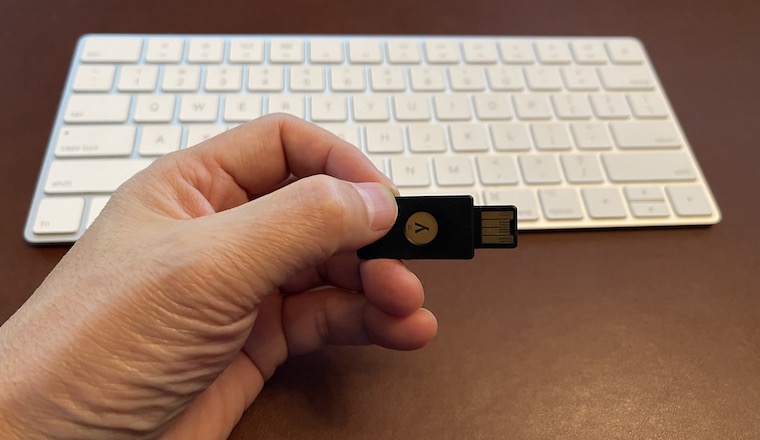
The modern world brings us a lot of benefits, yet it also requires modern solutions for all challenges it offers along the way. Just as we put a lock on our front door and set up the alarm system at home, we must also take care of our digital security as well. Although an email account is one of the oldest types of personal accounts online, they can still be attacked by hackers to be used for a variety of reasons, which include stealing your personal data and stored information, as well as getting access to your ongoing communication.
The dangers of a hacked email are just as diverse, so it’s important to protect your email to protect your privacy and security. This is of utmost importance for your business, as you are risking not just your personal details, but sensitive corporate data and information about your clients and partners.
The Dangers of Being Hacked
Email is an essential part of your online presence. As it is used to create almost every account online, from social networks to e-banking and shopping, it becomes your central entity on the web, thus, requiring some serious protection. While there is a lot of software that is specifically designed for that, there are some basic measures that you can take right now to prevent your email account from being hacked. Doing that is vital in order to avoid some of the most widespread hazards that might come along with a hacked email.
The danger for the business email account is particularly evident. As such, hackers can access confidential or sensitive information like financial accounts and transactions. This, in turn, may result in serious repercussions, from financial losses to ruined reputation. That’s why it’s important to follow these steps to avoid such problems in the first place.
Steps to Take for Better Email Protection
- Consider additional protection while logging in. This is something that can be done in many ways. One of the simplest methods is a two-step verification (2FA) that uses more than just your password that can be accessed only by you, such as a text message to your phone. Other independent methods like password managers work well too.
- Keep your security software updated. Using antivirus is reasonable in the modern-day world. As antivirus provides protection against almost all kinds of malware, it’s important to update it, so that it could recognize and eliminate all new threats that are developed almost every day.
- Scan for malware and other threats daily. Some malware can be tricky and not show up on your scanners unless you activate them. Turn scanning for threats into a habit to practice every day. It usually takes only a few minutes yet can save you from a lot of trouble.
- Secure your hardware and connection. In some cases, hackers can use insecure firmware of Wi-Fi routers to initiate an attack. By changing the name of your network (known as SSID) and setting a strong password, you deprive hackers of a lot of your data. It will be harder for them to define the type of router used, thus, making the firmware hack much harder. A strong password, in turn, is a good way to prevent frontal attacks and a great way to practice your memory on a regular basis.
- Learn how to recognize dangerous emails and websites. There are lots of different ways you can recognize an email containing some kind of malware. Some of the easiest ways to tell a malicious email are the scrabbled emails of senders, mismatched URLs, personal information requests, poor spelling, and the use of different keyboard layouts in a single email. Modern hackers manage to find lots of workarounds, so make sure to learn other ways you can recognize a dangerous email to get maximum protection.
- Use modern data encryption methods. Data encryption evolves very quickly, offering additional protection for newer methods of hacking. Using such basic methods as TLS or VPN is already very secure, as your data gets encrypted while “traveling” from one server to another. At the same time, these methods are rather common already and are available in a large variety almost for free in most cases.
- Create offline backups and keep them updated. Sometimes, even the best security infrastructure can be broken. A glitch in the system (created deliberately by hackers) or a mere misfortune might get even the most secure email hacked. In such cases, it is possible to terminate or completely block an attacked account. Still, the work must be resumed in any case, so creating backups will prepare you for some of the most unfortunate and dangerous cases.
- Prevent Zero-Day Attacks. Zero-day attacks are the incidents in which the perpetrators exploit a vulnerability of the security software before developers manage to update it. In such cases, the threat will simply not be recognized. Using encryption, system firewalls, and advanced AI-powered web security systems along with your regular antivirus or malware scanner can largely solve this potential issue.
Protection on all Fronts

In fact, one of the first things you should do after you create (or otherwise get) your business email account is to protect it against malware and potential hacker attacks. With email holding such serious importance online, it’s simply a vital move. In the modern world, one level of protection may not be enough. So, don’t make it easy for hackers. Stay careful and implement multi-leveled security for your email account. However, even when all measures are in place, don't let your guard down and stay alert to recognize any threats as they come your way.
Share this post
Leave a comment
All comments are moderated. Spammy and bot submitted comments are deleted. Please submit the comments that are helpful to others, and we'll approve your comments. A comment that includes outbound link will only be approved if the content is relevant to the topic, and has some value to our readers.


Comments (0)
No comment